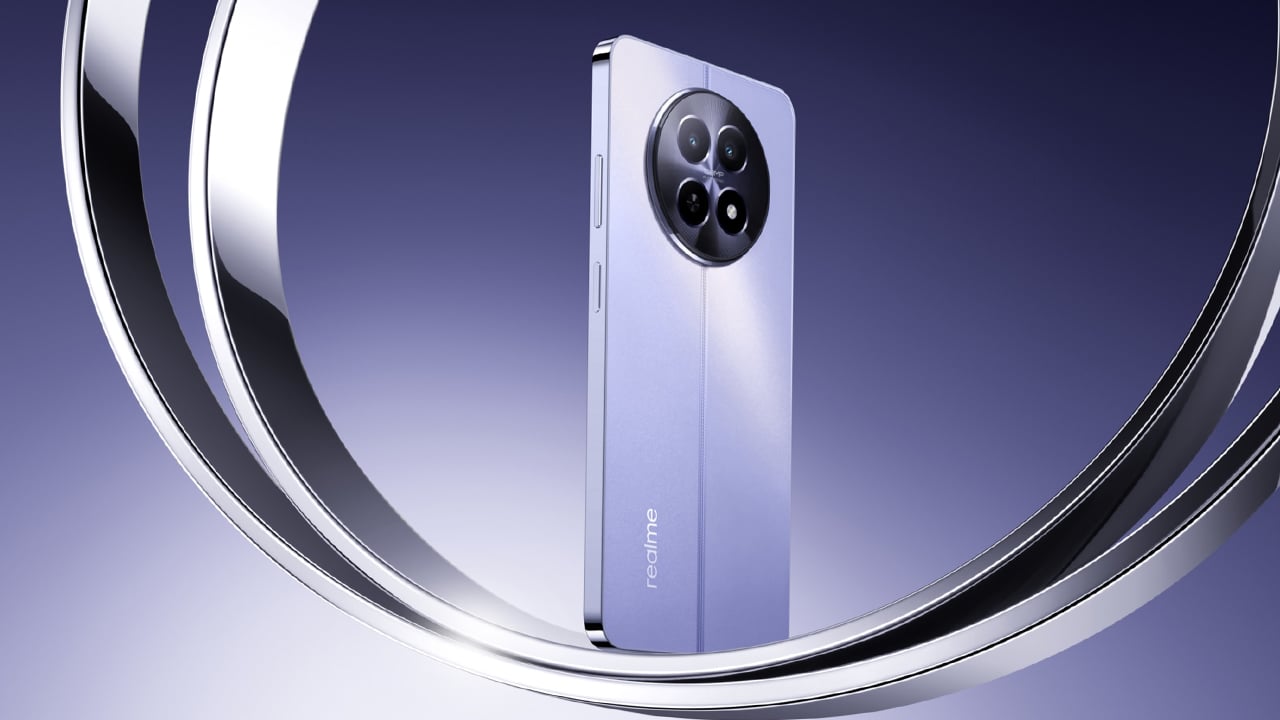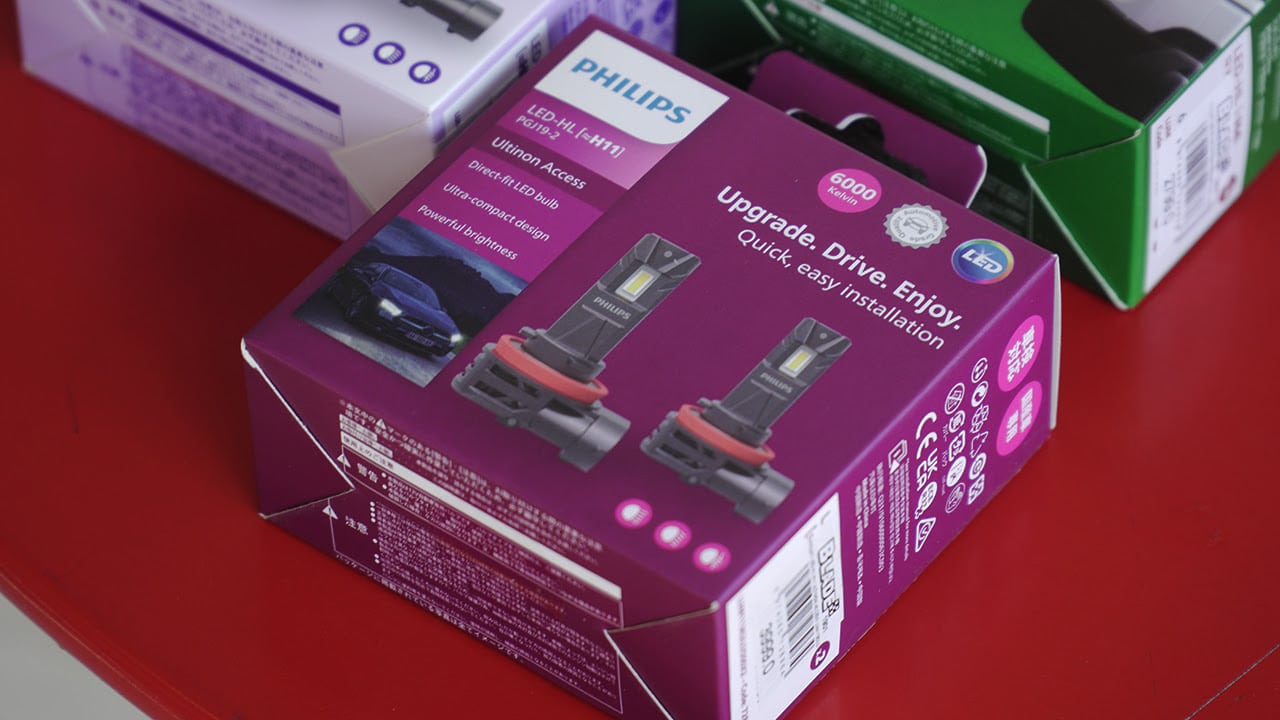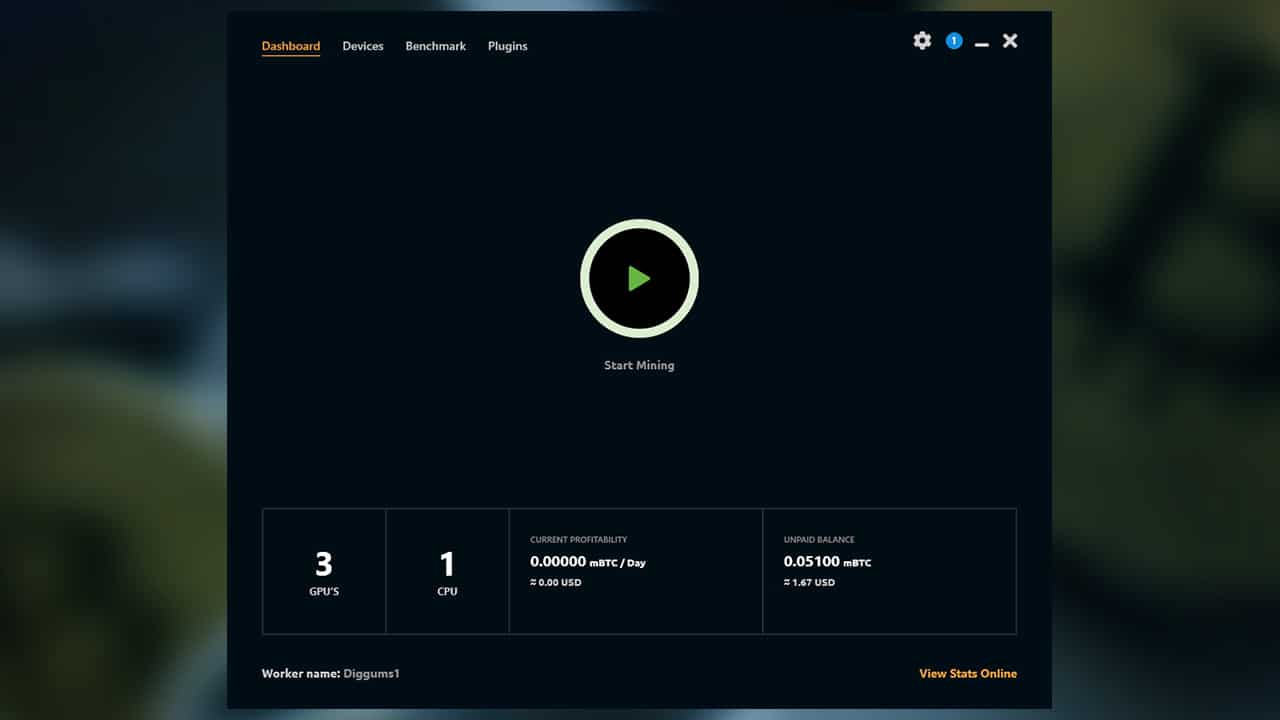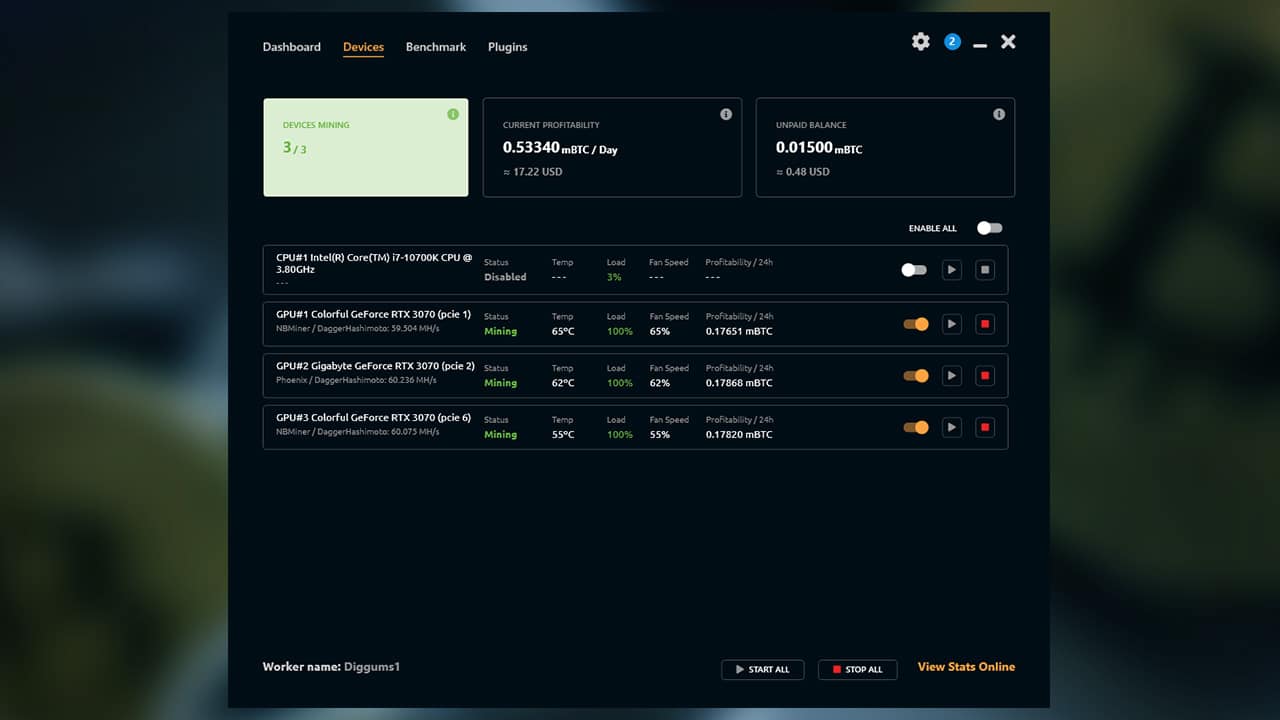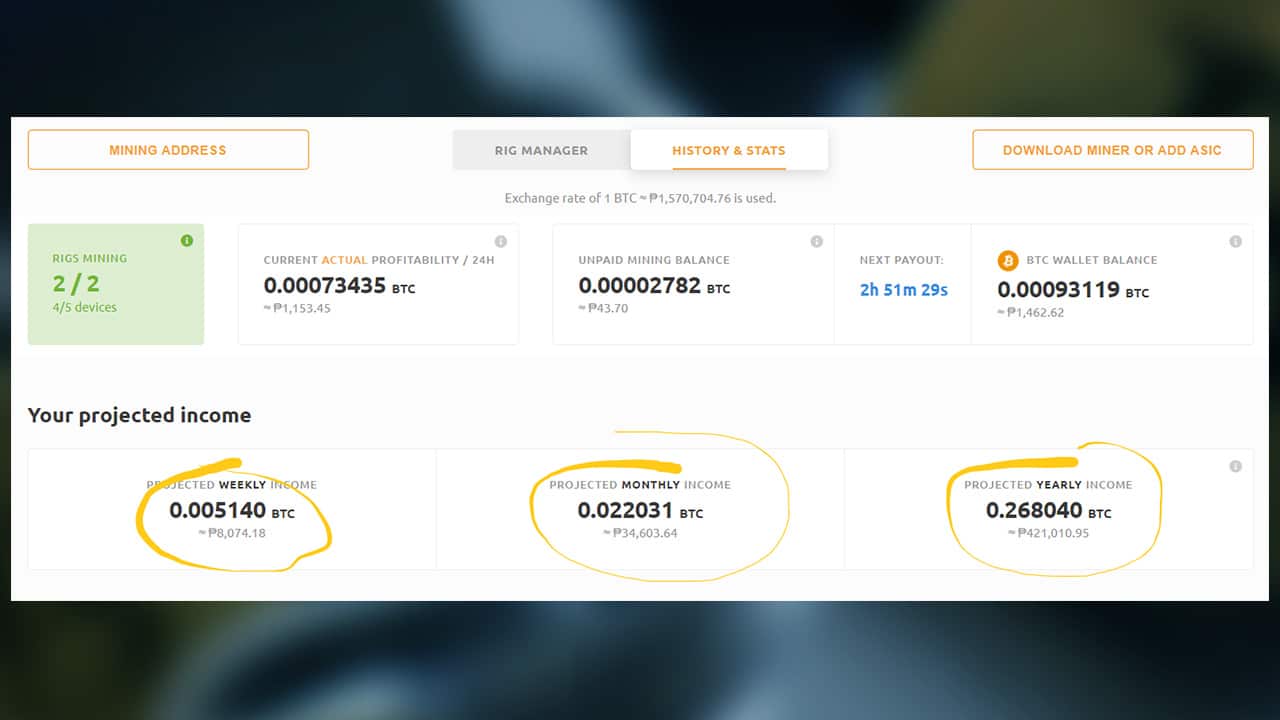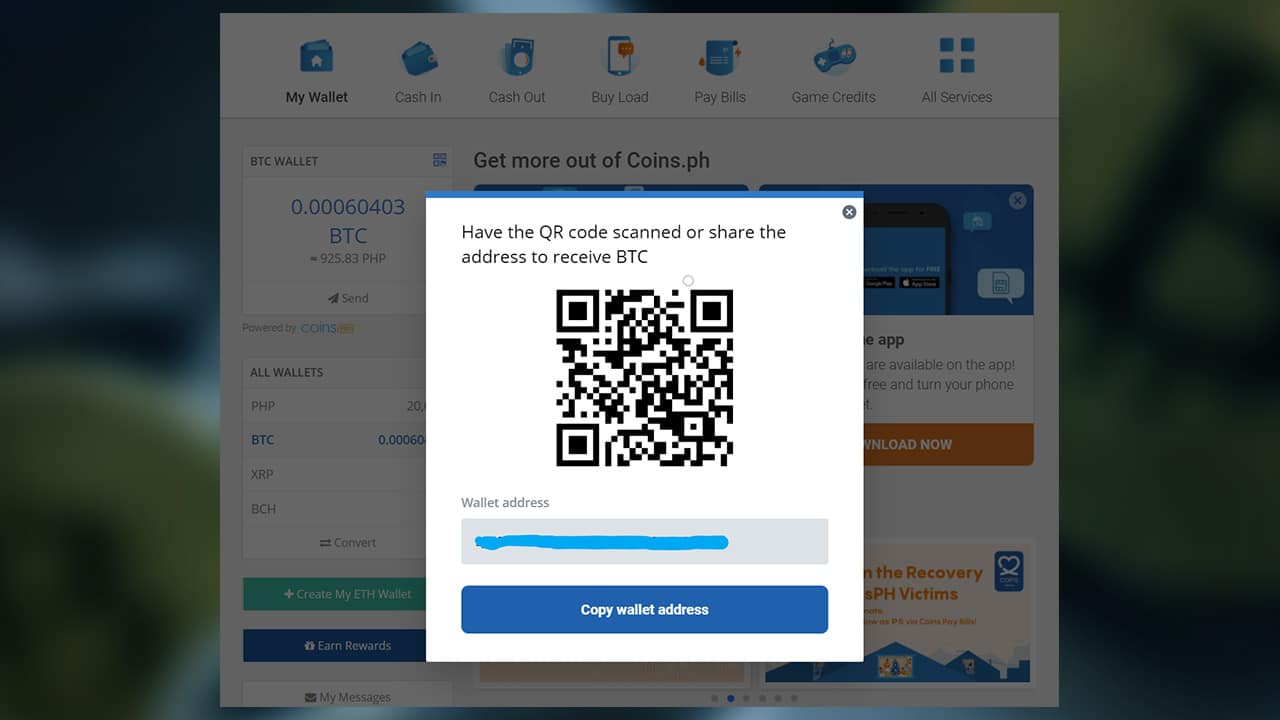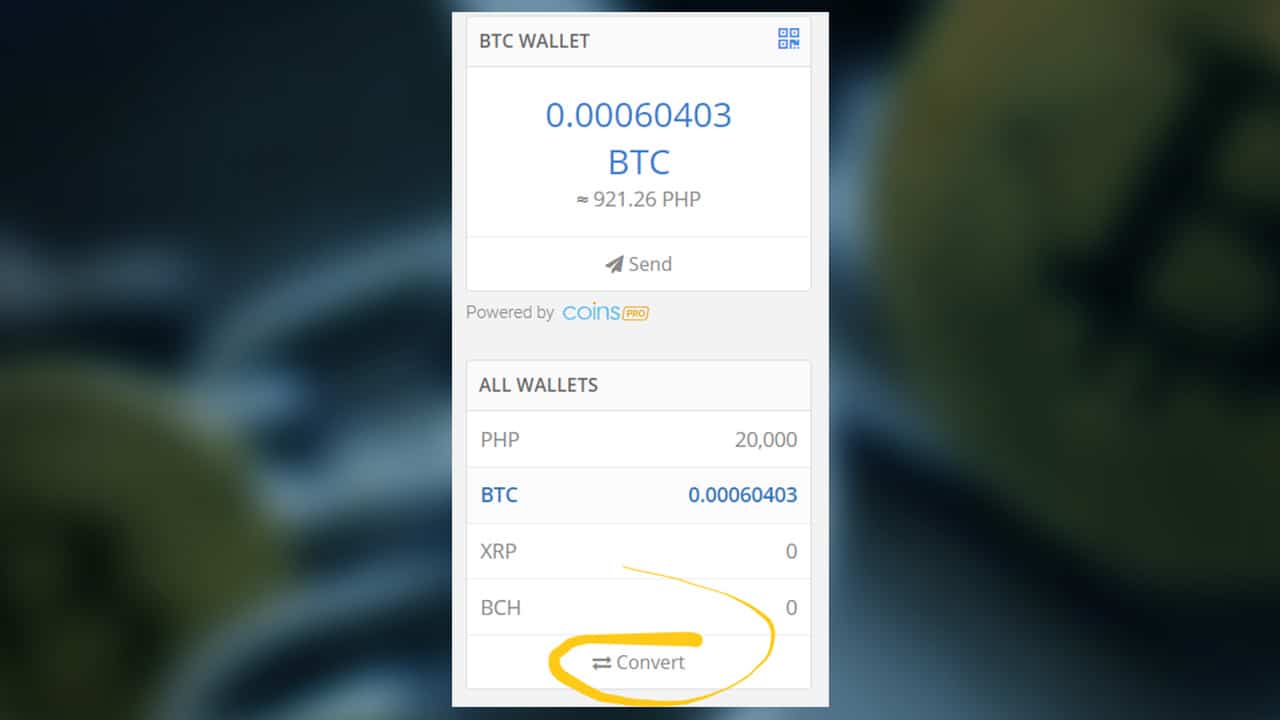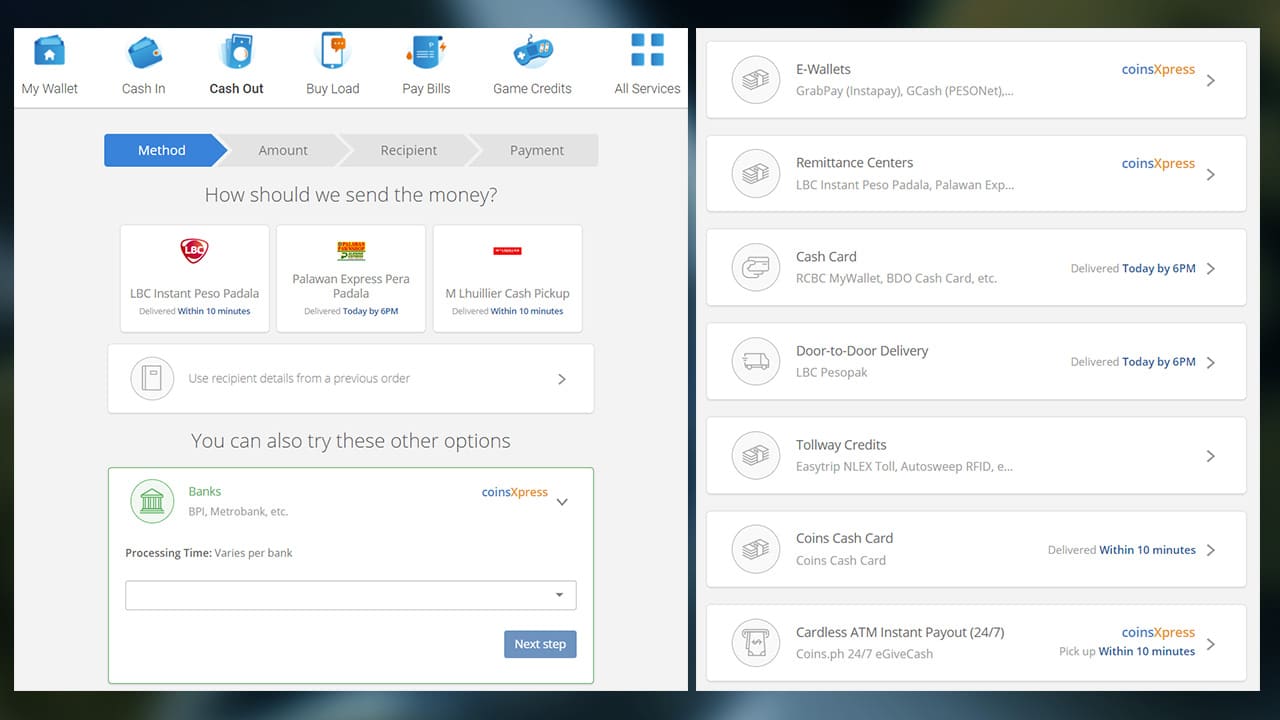When it comes to buying TVs or any electronics in general, we always look for the best value for money as customers. Huawei is obviously familiar with this with the array of affordable devices it churns out every now and then. And with the company’s new smart TV, they aim to deliver the same things — useful features with a reasonable price.
With a starting price in the Philippines of less than PhP 33K, here are some of the key reasons why Huawei Vision S Series offers serious value for money.
Immersive picture quality
The Huawei Vision S Series is capable of producing detailed picture quality thanks to its 4K resolution with up to 120Hz refresh rate. As mentioned in our full review, this definitely helped in making content consumption more enjoyable as it offers ultra-smooth movements for video content with high framerates.
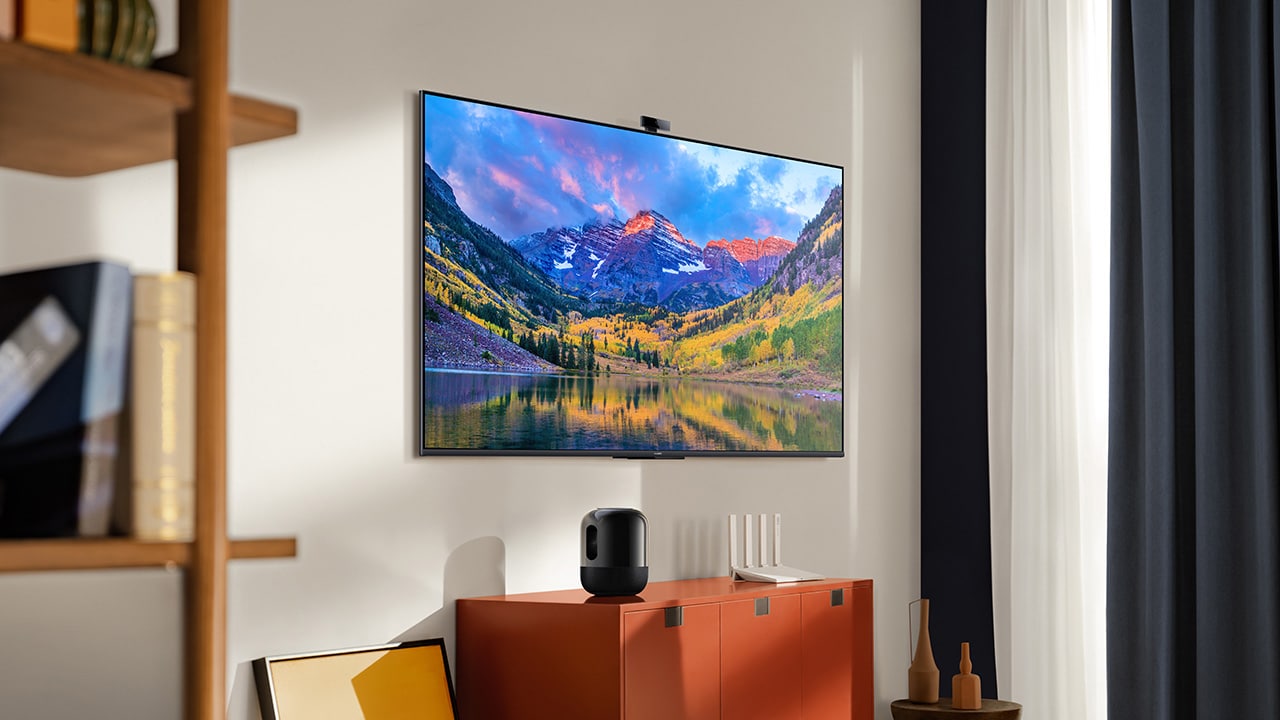
Watching movies and even playing games are really immersive experiences and the display also offers great viewing angles so you still see the same picture quality wherever in the room you may be. It can also insert 24/30fps video into 120 frames to produce more fluid-moving images.
And as I’ve said previously, watching and playing games and appreciating its picture quality was already enough for me for the first few days of having the Vision S before I went and explored its other features.
Powerful and clear audio
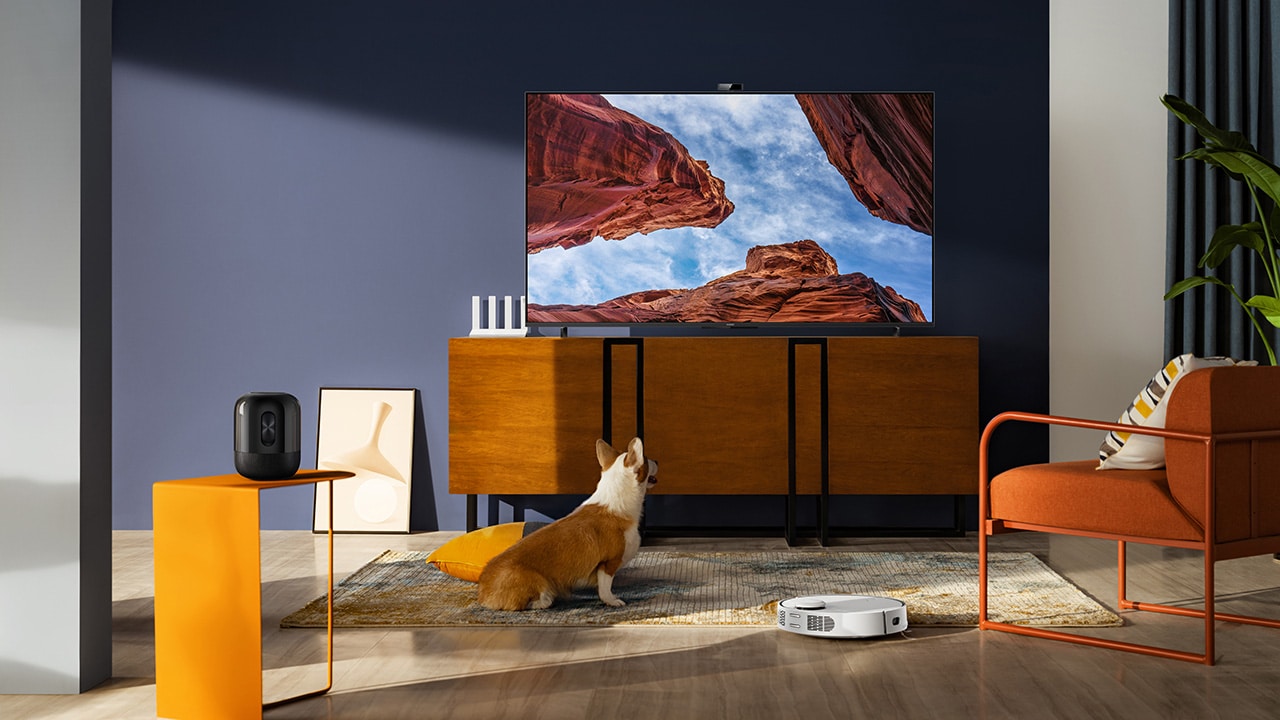
Equipped with a total of four downward-firing speakers at 10W each, this smart TV can produce loud and detailed audio thanks to Huawei’s proprietary speaker system. While it understandably doesn’t have as much bass as dedicated speakers for a home theater-like setup, its sound performance is definitely enough for casual users.
It’s not only loud, but it also creates a virtual surround sound that I have personally experienced and really adds to the immersion.
Loaded with unique features
Having great picture quality together with a powerful and detailed audio performance are really important characteristics for a TV. But Huawei goes beyond that and offers features not usually seen on smart TVs at this price range.

For one, it comes with its own webcam that magnetically sticks to the TV when you need to use it and easily detaches after for better security. And with its built-in MeeTime app, you may use the webcam and call friends and relatives straight from your TV.
With this feature, it’s easy to set up an online reunion with family and friends, especially during these times that staying indoors is safer.
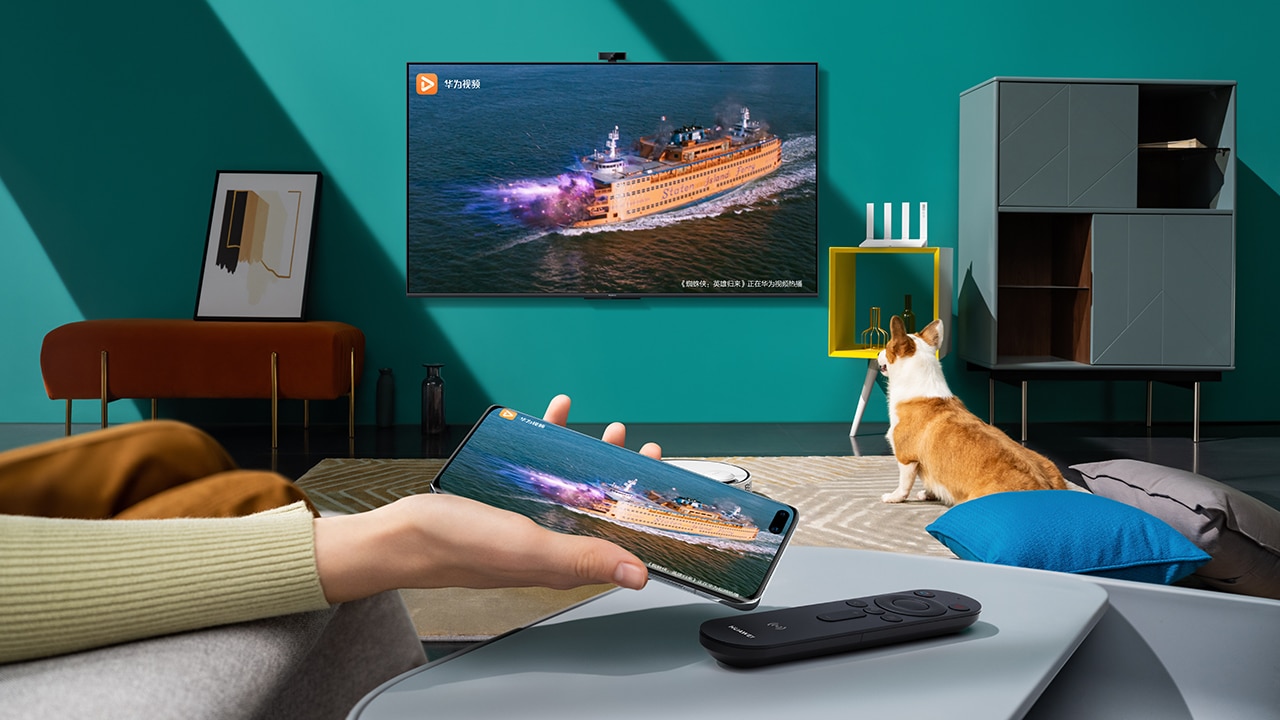
Another feature is its Huawei Vision app that has your needed functions all in one app. Through the app, you can control the TV, its different settings, or use its OneHop Projection that uses its remote’s NFC tag to communicate with other Huawei devices.
By tapping the sensors on your phone and the remote, you can instantly cast content to the Vision S without needing to connect to the same WiFi network which is usually the process for sharing content.
Final thoughts and price

Yes, other smart TVs also have 4K resolution at 120Hz with a good sound system. Although the Huawei Vision S Series tops those in terms of pricing and the addition of unique features like its included webcam and MeeTime that offer additional uses and services to its users.
It’s no secret that you don’t have direct access to apps like YouTube but Huawei has made a way to get hold of these apps and further enjoy the overall viewing experience.

The Huawei Vision S’s 55-inch model starts at PhP 32,999 for cash/straight purchases. For those who are looking for a wider and bigger screen, the 65-inch Huawei Vision S is priced starting at PhP 49, 999 for cash/straight transactions. Every purchase of the Huawei Vision S Series is also nominated for free home delivery until May 31.
You may read our full review for more input regarding its general day-to-day performance.

